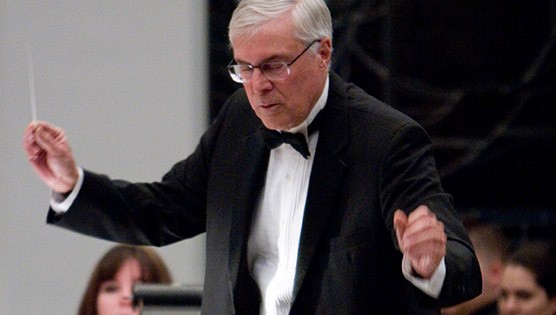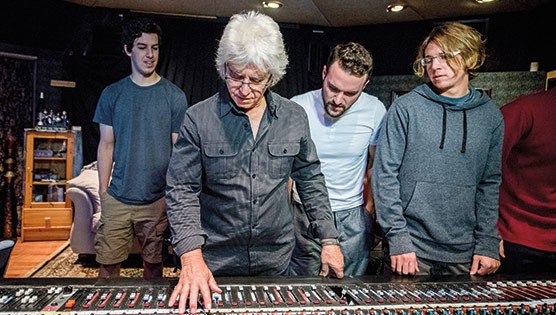We know you learn best when you can roll up your sleeves and dive in. That's why we offer hands-on opportunities that give you the freedom to explore your passion through real-world work and prepare for a fulfilling career.
Academic Programs
Choosing the right major starts with a simple question: What are you passionate about?
Find a MajorUniversity Honors Program
If you're ready for an academic challenge worthy of your ambition, look no further.
Learn moreOur Faculty
Our professors are invested in your personal and academic success from day one.
Meet our Faculty
California Lutheran University’s Publication for the College of Arts and Sciences
Music

I think it’s important for students to have the opportunity to see the faculty perform. They become aware of what goes into performance: repertory selection, planning, rehearsal, and, most important, practice. This becomes part of the culture they inhabit and a model for what is necessary for success in the arts.
Daniel Geeting
Professor
Music Production

It’s important to learn a combination of theory and application. When students graduate, they should be ready to develop their own sounds, their own musical tastes, and be creative in their own way. I teach them what I know and then they take it to the next level.
Benny Faccone
Adjunct Faculty
Sports Management

I was able to get behind the camera in my Sports Broadcasting course, gain knowledge in the fields of marketing and sales, intern with Spectrum Sportsnet and SportNet LA in their social media department, and gain connections to then work as a Service Executive for the LA Galaxy. I am now a Premium Sales Coordinator for the new NFL SoFi Stadium representing the LA Chargers. I am excited to be a part of the future of sports and can thank CLU for getting me here!
Talia Van Wingerden '17



